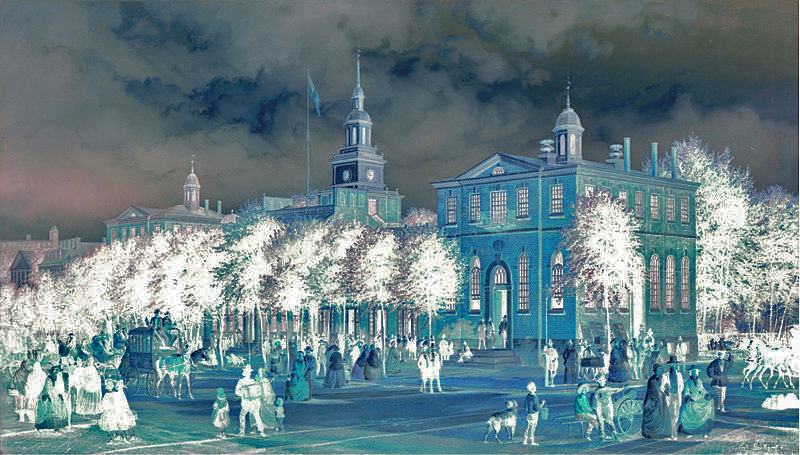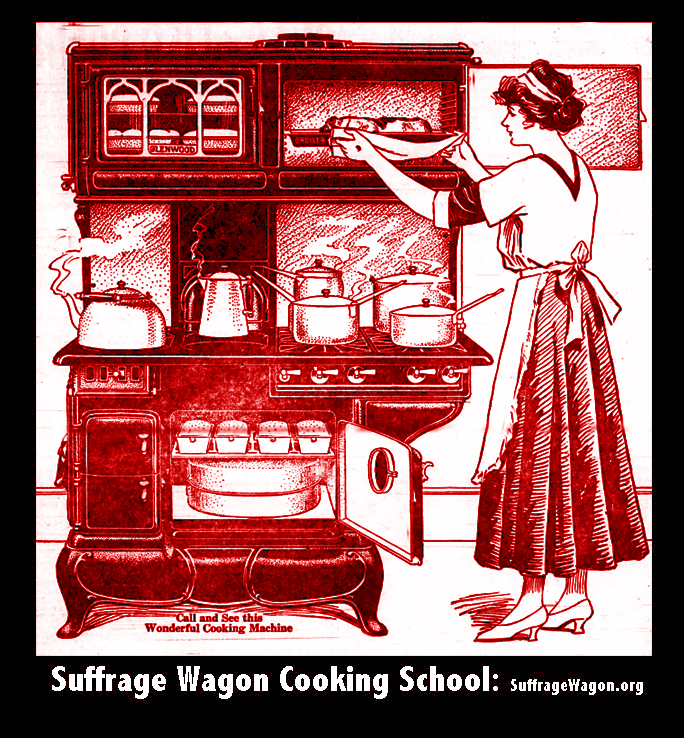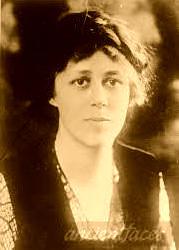 The continuing story of the suffragists’ demonstration at the nation’s centennial celebration in Philadelphia in early July 1876. This important part of American history and women’s history is being published in four parts. Find out how the 19th amendment came about.
The continuing story of the suffragists’ demonstration at the nation’s centennial celebration in Philadelphia in early July 1876. This important part of American history and women’s history is being published in four parts. Find out how the 19th amendment came about.
by Elizabeth Cady Stanton
. . . With this rebuff, Mrs. Mott and I decided that we would not accept the offered seats, but would be ready to open our own convention called for that day, at the First Unitarian church. But some of our younger coadjutors decided that they would occupy the seats and present our Declaration of Rights. They said truly, women will be taxed to pay the expenses of this celebration, and we have as good a right to that platform and to the ears of the people as the men have, and we will be heard. That historic Fourth of July dawned at last, one of the most oppressive days of that heated season. Susan B. Anthony, Matilda Joslyn Gage, Sara Andrews Spencer, Lillie Devereux Blake, and Phcebe W. Couzins made their way through the crowds under the broiling sun of Independence Square, carrying the Woman’s Declaration of Rights.
This Declaration had been handsomely engrossed by one of their number, and signed by the oldest and most prominent advocates of woman’s enfranchisement. Their tickets of admission proved an “open sesame” through the military barriers, and, a few moments before the opening of the ceremonies, these women found themselves within the precincts from which most of their sex were excluded. The Declaration of 1776 was read by Richard Henry Lee of Virginia, about whose family clusters so much historic fame. The moment he finished reading was determined upon as the appropriate time for the presentation of the Woman’s Declaration. Not quite sure how their approach might be met, not quite certain if, at this final moment, they would be permitted to reach the presiding officer, those ladies arose and made their way down the aisle.
The bustle of preparation for the Brazilian hymn covered their advance. The foreign guests and the military and civil officers who filled the space directly in front of the speaker’s stand, courteously made way, while Miss Anthony, in fitting words, presented the Declaration to the presiding officer. Senator Ferry’s face paled as, bowing low, with no word he received the Declaration, which thus became part of the day’s proceedings. The ladies turned, scattering printed copies as they deliberately walked down from the platform. On every side eager hands were outstretched, men stood on seats and asked for them, while General Hawley, thus defied and beaten in his audacious denial to women of the right to present their Declaration, shouted, “Order, order!”
For more information, visit the Suffrage Wagon platform at suffragewagon.org This year is the 165th anniversary of the Seneca Falls Convention. Join us in a special celebration: a video, a book review, and links when planning a visit to Seneca Falls, NY. Part IV, the final installment of this suffrage series, coming soon.
Suffrage Wagon features news and stories, events. One recent suffrage centennial acknowledged the first journey of the “Spirit of 1776” campaign wagon used in New York City and on Long Island.



0 Comments